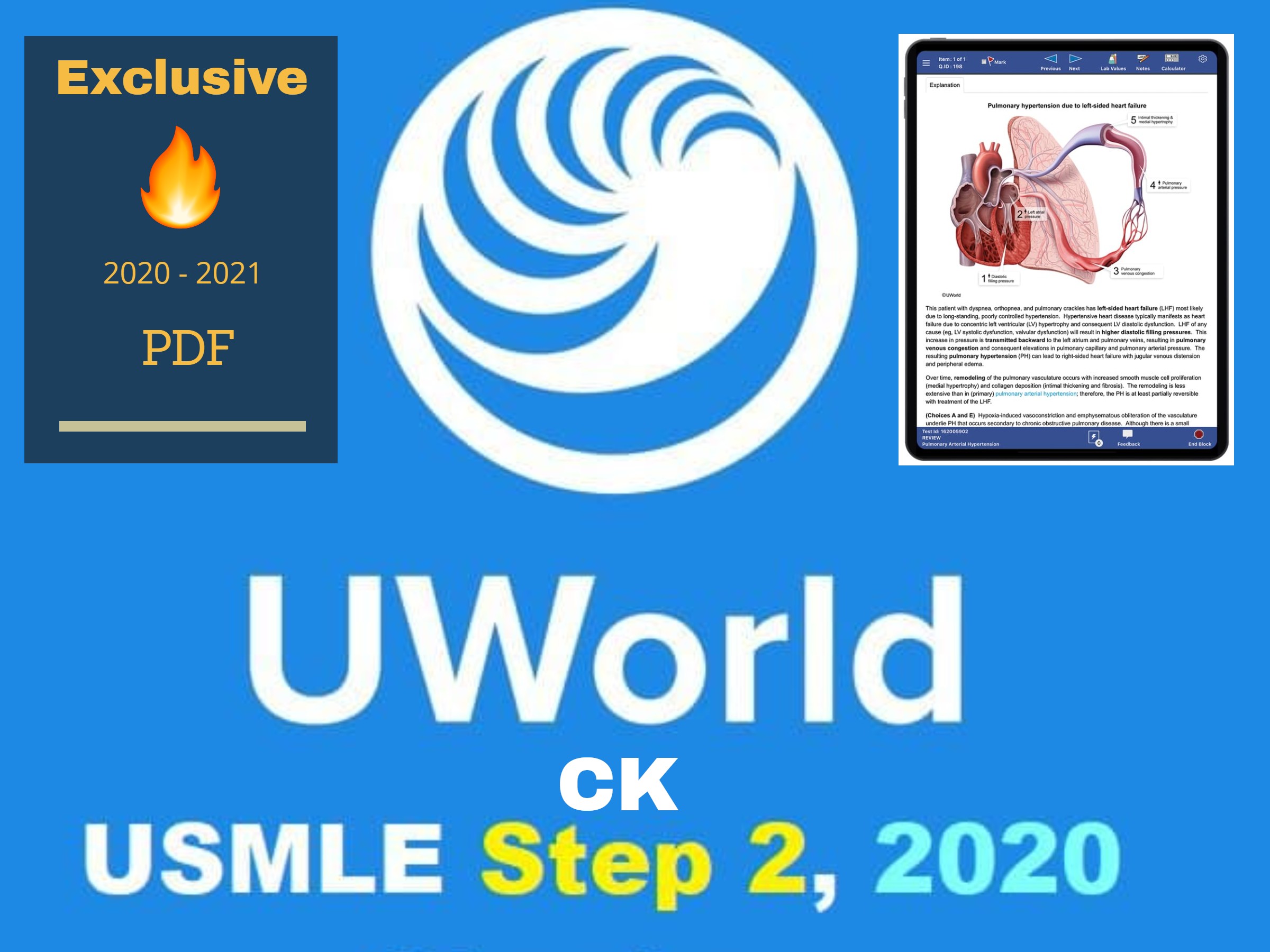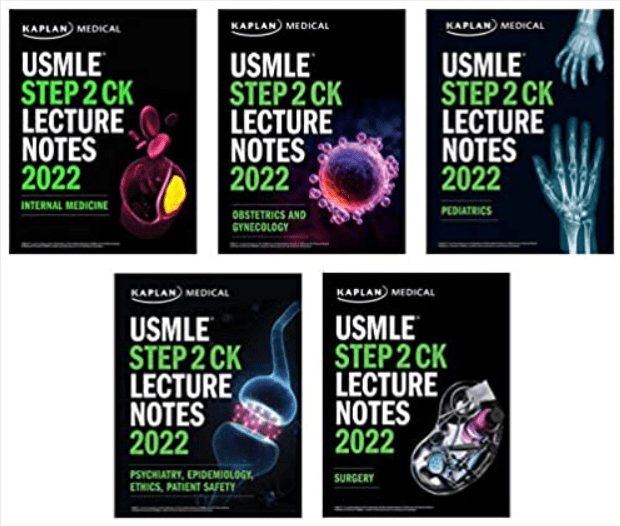
In average risk women, screen as follows: The screening test of choice for the early detection of cervical cancer is the Papanicolaou smear (the “Pap” test). A patient with a smoking history of 30 pack years is considered a heavy smoker. NoteĪ pack year is smoking an average of 1 pack of cigarettes per day for 1 year. USPSTF concludes that the current evidence is insufficient to assess the balance of benefits/risks of prostate cancer screening in men age 75.įor USMLE, do not screen for prostate cancer.
If there is a very strong family history of breast cancer (i.e., multiple first-degree relatives), consider prophylactic tamoxifen, which prevents breast cancer in high-risk individuals. Mammography with or without clinical breast exam every 1–2 years from age 50–74. (Self-breast exam by itself is not recommended as a screening tool.) 
Usmle step 2 pdf manual#
Mammography plus manual breast exam are used to screen for breast cancer. Tamoxifen prevents cancer by 50% in those with >1 family member with breast cancer. If there is a single first-degree relative diagnosed with colorectal cancer age 75, as per the U.S.
Annual fecal occult blood test and sigmoidoscopy with barium enema every 5 years. Colonoscopy every 10 years ( preferre d). If there is no significant family history of colon cancer, screen everyone starting age 50. The 4 malignancies for which regular screening is recommended are cancers of the colon, breast, cervix, and lung. Lead to ineffective or even harmful treatment. Be expensive, unpleasant, and/or inconvenient. Have adverse (and possibly iatrogenic) effects (e.g., large bowel perforation secondary to a colonoscopy). However, even if a diagnostic test is available, that does not always mean it should be used to screen for a particular disease. Screening tests are done on seemingly healthy people to identify those at increased risk of disease. She asks what is recommended for a woman her age. She denies any symptoms at this time, and her physical examination is normal. She is sexually active with multiple partners and has not seen a physician since a car accident 15 years ago. Her father was diagnosed with colon cancer at age 43, and her mother was diagnosed with breast cancer at age 52. Cancer ScreeningĪ 39-year-old woman comes to the clinic very concerned about her risk of developing cancer. Screening test must be valid, i.e., it must have proven in trials to decrease overall mortalityįor a screening test to be recommended for regular use, it has to be extensively studied to ensure that all of the above requirements are met. After a positive test result, course of events must be acceptable to patient. 
ScreeningS For all diseases that have recommended screening:

Describe epidemiological data related to incidence and prevention of common infectious disease, chronic illness, trauma, smoking, and travel risks. Describe appropriate screening methods as they apply to neoplasms of the colon, breast, cervix, and lung.







 0 kommentar(er)
0 kommentar(er)
